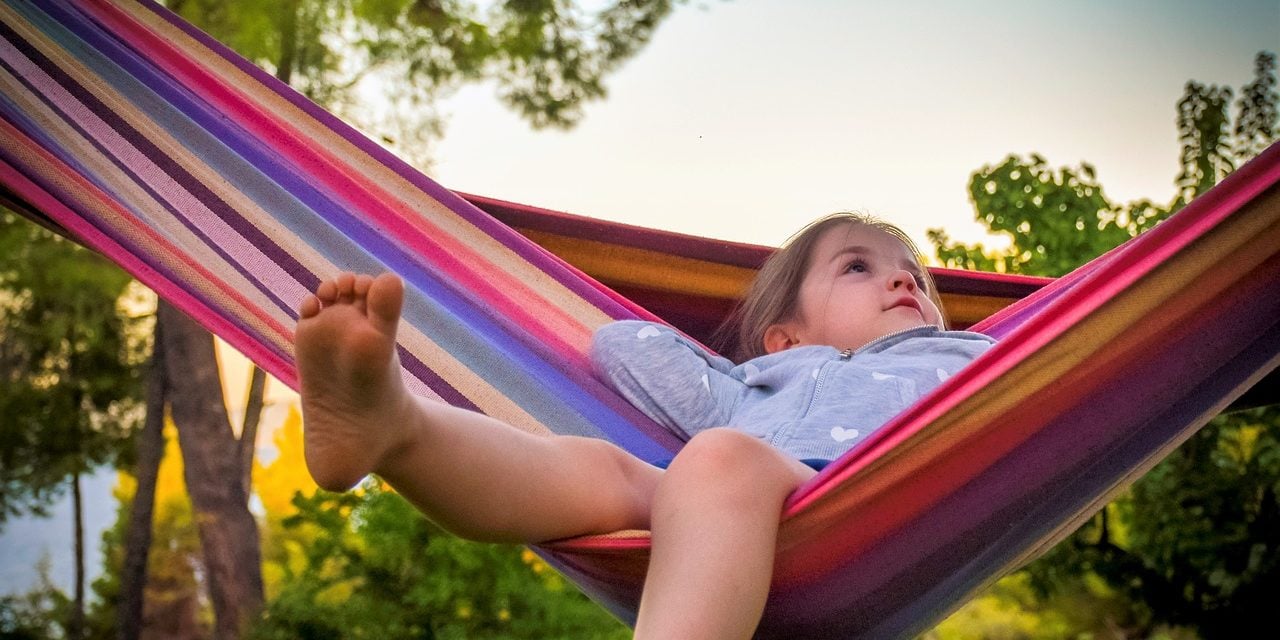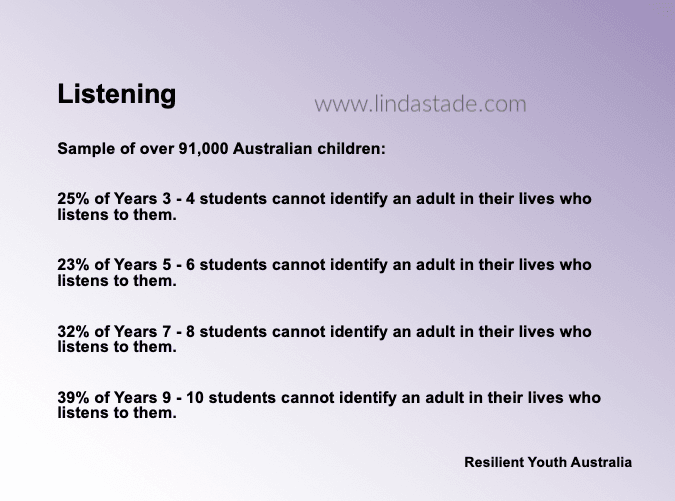Raising resilient children starts in the home. These 7 factors help to create an environment that gives children a strong grounding from which to develop.
What is it about some kids? They just seem to be able to roll with the punches, while others are demolished by the smallest challenge. Is it nature or nurture? Realistically it is probably both but there are definitely environmental elements that help build resilience from a young age.
Ideally, we want our kids to face challenges and overcome difficulty most of the time. (Everyone falls apart sometimes!) We want them to know that things change; good times won’t last forever, but neither will bad times. And that’s normal for everyone.
But how do we go about that? Well, it doesn’t happen overnight. Resilience comes from a number of sources including a childhood environment that has elements that might surprise you. What are they?
1. Strong attachment
Realistically, resilience starts at birth with the development of strong attachment between parent and child. A child who knows that they are loved and most importantly, accepted unconditionally, is more resilient.
That doesn’t mean you have to accept all behaviours, but the child knows they are accepted, no matter what.
The knowledge that you are there for your child means they can venture further away from you and explore and take risks. If all is solid at home, the world can be conquered.
It is never too late to improve that connection. Sometimes it takes as little as making eye contact more regularly or a quick rub on the back. But special time together, expressing your confidence in them, letting them know that you love being their parent are all things that will build on existing attachment.
2. Adults who listen
The biggest indicator of resilience is if a child has at least one adult who listens to them. Really listens to them. Resilient Youth Australia says that about a third of 14-year-olds don’t feel as though someone is listening. Whether that is true or not is irrelevant, that is their perception…their reality.
When we do listen, we need to listen to understand, not to fix. We tend to want to rescue them from whatever the problem is. It’s natural. But… what kids need is for us to hear them, acknowledge their feelings and then empower them to come up with their own solutions. That’s what will make them resilient. When we take over, we tell them, “I don’t trust you, I don’t think you’re up to it”.
3. Guides instead of guards
Parents and teachers need to be guides instead of guards. We need to walk with kids through childhood and adolescence and coach them. That is quite different to swooping in and fixing everything or protecting them from adversity and big feelings.
Into every life, a little rain must fall. Kids have to experience the bad with the good, and they must learn to problem solve if they are going to learn to overcome obstacles and life problems.
I’m not advocating tough love. When we tell kids to ‘harden up’, all they learn is that we’re not someone they can go to for guidance. I am advocating challenges and measured advice from the sidelines.
4. Positive talk
Kids need positive talk. The voice in your child’s head is yours. Make it positive. Let them hear that the world is a good place, because most of the time, it is.
Human nature is to be negative. It’s called the negativity bias. It goes back to when we were cave dwellers. There was no point looking at a beautiful sunset if you were going to get mauled by a cave bear. So, we evolved to pay most attention to the negatives in our environment, the threats.
When she made this plan, Mother Nature didn’t anticipate the levels of negativity we experience in the world today. She certainly didn’t see the internet coming or the negativity it can spew out.
5. Sleep is valued
There is one thing all parents can do today that will build resilience tomorrow. Ensure kids get a decent sleep.
Make sure there are no devices in the bedroom. Fullstop. The excuse is usually, “I need the alarm on my phone.” No. Buy an alarm clock. The dings and messaging on phones are constant. That noise and screen light is designed to keep us awake and alert. It has no place in the bedroom.
When a child is tired, they operate largely from the amygdala, the instinctive, emotional part of the brain. If you want them to operate from the prefrontal cortex, the rational, reasoning, problem-solving part of the brain….give them the gift of sleep.
6. There is a lot of downtime
A lot of fatigue and anxiety comes from the glorification of busy. You know yourself. Someone asks how you are, and you say, “I’m really well, but I’m so busy”. We wear ‘busy’ as a badge of honour. Just like us, our kids are so scheduled, they don’t have enough downtime to recharge.
It is important for kids to be bored. Boredom promotes creativity and problem-solving skills. It also allows time for connection with others. These are all important to the development of resilience.
7. A lot of living happens outside
Aside from the obvious benefits of sunshine, exercise and fresh air, it is important that kids play outside in nature. We see the life cycles of animals and plants and understand that we are a part of that natural web. We are part of something bigger than ourselves. There is a sense of connection that comes with the knowledge that we all have our niche and play our part.
Mother Nature is the ultimate teacher. Being in nature and nature play teach kids cause and effect and how to assess risk. They learn that if they climb too high in a tree they will need help getting down or that if they get their siblings or friends to help, they might be able to move a big heavy log that they can’t shift on their own.
They learn about, and develop, their senses and their capabilities. They experience challenges and they receive natural feedback.
Nature has a rhythm that is calming and essential in helping kids (and adults) regenerate. It ‘fills our cup’ and builds our capacity to face the ups and downs of everyday life. It makes us more resilient.










